This year 2022 marks the 175th Anniversary of the Palaeontographical Society. To celebrate, we organised a two-part podcast with the team at Palaeocast. In the process we discovered the unique role the Society played in the history of science, and the standardisation of depictions of fossils in scientific literature and art.

The Palaeontographical Society is the world’s oldest society dedicated to palaeontology. The year 2022 marks a significant milestone: our 175th anniversary – few organisations can claim such a vintage! Recognising this, PalSoc Council started discussion in 2019 about how to celebrate our prestigious history. However, just as we were working out ways to mark the occasion, the covid pandemic took hold. This had an inevitable impact on us as it did everyone, and our plans had to be delayed.
We decided to approach the team at Palaeocast and ask if they’d be interested in an episode exploring our history. Palaeocast create a fascinating series of podcasts and blogs exploring the fossil record and the evolution of life on Earth, as well as producing videos, reporting on new discoveries and recording and live-streaming palaeontological conferences. They agreed to feature PalSoc, and our Secretary Dr Elsa Panciroli was tasked with setting up interviews. What we discovered in the process has opened up our understanding of PalSoc’s role in the wider history of science.
The Palaeontographical Society was founded in 1847 on the suggestion of James Scott Bowerbank who thought a new journal might speed up the publication of Sowerby and Sowerby’s Mineral Conchology (1812–46). At a Geological Society meeting in February 1847, Edward Forbes also noted that information on Britain’s fossils was scattered between different scientific publications, making it difficult to study (Herries Davies 2007). These men were among the founding members of the Palaeontographical Society, setting out the main goal: ‘to figure and describe as completely as possible a stratigraphic series of British Fossils’ (Panciroli et al. 2021).

In the first of the Palaeocast episodes, Dr Victor Monnin shared his knowledge of the Society and how it fits into the history of scientific art. Dr Monin is a historian of science from the University of Strasbourg who specialises in the history of palaeontology. He told us that prior to the existence of PalSoc, there was no standardised way to present fossils in publications. This led to difficulty for researchers around the world, who didn’t always have direct access to specimens, and needed useful images in order to compare and study their subjects. The Palaeontographical Society monographs helped create the gold standard for depicting fossils from the mid 19th Century onwards.
Dr Monin was astonished that despite PalSoc’s important role in scientific history, very little scholarship has been carried out on the Society. He pointed to a lithograph by A. Orton after E. C. Rye as one of the few readily available historical images related to PalSoc. This depicts Sir Richard Owen at a dinner party, and all of the guests are extinct animals – presumably each representing a member of PalSoc council! Tantalisingly, Dr Monin also suggested one of the dinner guests might be Mary Anning, in the form of the long-necked marine reptile. However it is also possibly one of the Society’s early female members, because PalSoc was one of the rare scientific societies that permitted female membership and contributions from the outset (Panciroli et al. 2021).

The publication of our excellent monographic series has been our principle remit since our foundation, but the Society has expanded its activities considerably since that time. In episode two of the podcast, our President Dr Caroline Buttler spoke about how PalSoc has changed over the years, and how it is responding to meet the needs of the 21st century researcher. She discussed the role that monographs still play in research – a role we now know goes right back to the very foundation of the Society.
Drs Buttler and Panciroli also discussed the role of women in the Society. Women have been members since the very beginning, although their roles have changed a great deal over time. Our monographs featured women illustrators such as Phoebe Anna Traquair (1852–1936) and the Woodward sisters. Many of our publications include collections made by prolific collectors such as Elizabeth Anderson Gray (1831–1924). The Society’s members and Council has included amazing female researchers of the past, such as Gertrude Lilian Elles (1872–1960), and more recently, such as Prof. Jenny Clack (1947–2020). We have also welcomed the first female president in our history. Although this is an excellent start, there is still plenty of work to do to make the Society more equitable and diverse in terms of gender and ethnicity.

The Palaeontographical Society has such a rich history that currently remains understudied. Our hope is that in the coming years we will take steps to organise our archival material and encourage researchers to delve into it. We also hope to diversify our membership and council, and make sure the Society adapts to meet the challenges of the next 175 years of palaeontological research and publication.
You can listen to the two-part episode on the Palaeocast website at www.palaeocast.com/palsoc
References
Herries Davies, G.L. 2007. Whatever is under the Earth: the Geological Society of London 1807 to 2007. Geological Society, London.
Panciroli, E., Wyse Jackson, P.N. and Crowther, P.R. 2021. Scientists, collectors and illustrators: the roles of women in the Palaeontographical Society. Geological Society, London, Special Publications, 506(1), 97-116.
Sowerby, J. and Sowerby, J.de C. 1812–46. The Mineral Conchology of Great Britain, etc., Volume 7. B. Meredith, London.
